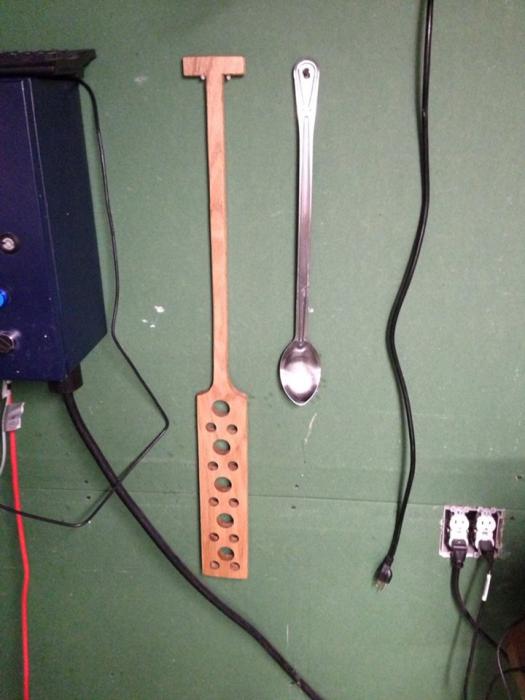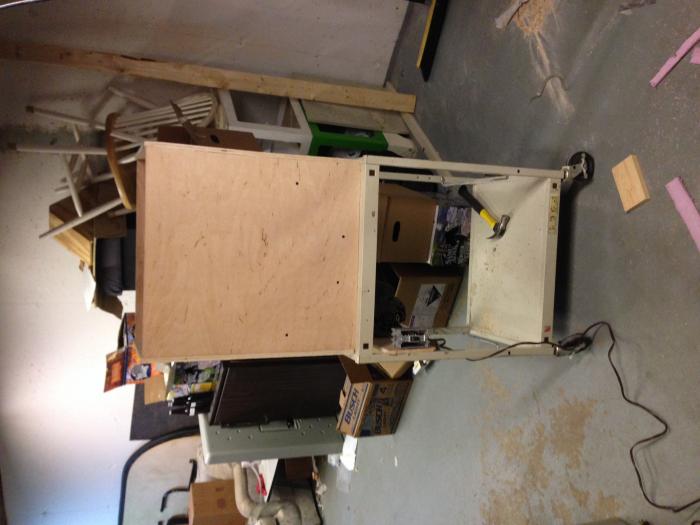cadwallion
Well-Known Member
I started this project about a month ago, but this month has seen two weeks of prodromal labor followed by the birth of my daughter (12/17) so I suppose I have been pre-occupied. 
This build is more than just a brewhouse, it is the complete setup of Cademon Brewing Co.'s test lab for recipe design. I have been doing recipe design using a 5 gallon cooler-based system for six months and made some great beer, but we have decided the business needs a more consistent test lab with larger volume and less disassembly.
I have allocated a 300 sq ft space to be built as the test lab. The lab is a 14-15 gallon eHERMS system running on a Raspberry Pi-driven automation system and controlled via touchscreen. Four 15-gallon plastic conicals are being built for fermentation as well.
I have included a topdown model of the intended lab layout, as well as the space as of last month.


This build is more than just a brewhouse, it is the complete setup of Cademon Brewing Co.'s test lab for recipe design. I have been doing recipe design using a 5 gallon cooler-based system for six months and made some great beer, but we have decided the business needs a more consistent test lab with larger volume and less disassembly.
I have allocated a 300 sq ft space to be built as the test lab. The lab is a 14-15 gallon eHERMS system running on a Raspberry Pi-driven automation system and controlled via touchscreen. Four 15-gallon plastic conicals are being built for fermentation as well.
I have included a topdown model of the intended lab layout, as well as the space as of last month.









 ). Since I already had plywood and 2"x4"x8' lying around, I decided to forego the $60+ on a stand and build them myself. The stands are 2'x2' with 32" high legs with a 3/8" plywood top. I took a measurement of the size of the tank, drew it on the plywood, and cut out the triangles. Then I freehanded the curves with a jig saw and sanded until the tank fit snugly.
). Since I already had plywood and 2"x4"x8' lying around, I decided to forego the $60+ on a stand and build them myself. The stands are 2'x2' with 32" high legs with a 3/8" plywood top. I took a measurement of the size of the tank, drew it on the plywood, and cut out the triangles. Then I freehanded the curves with a jig saw and sanded until the tank fit snugly.
























